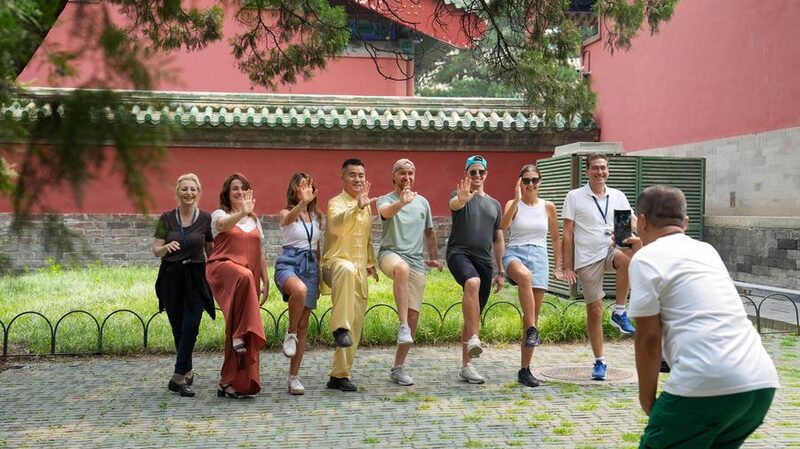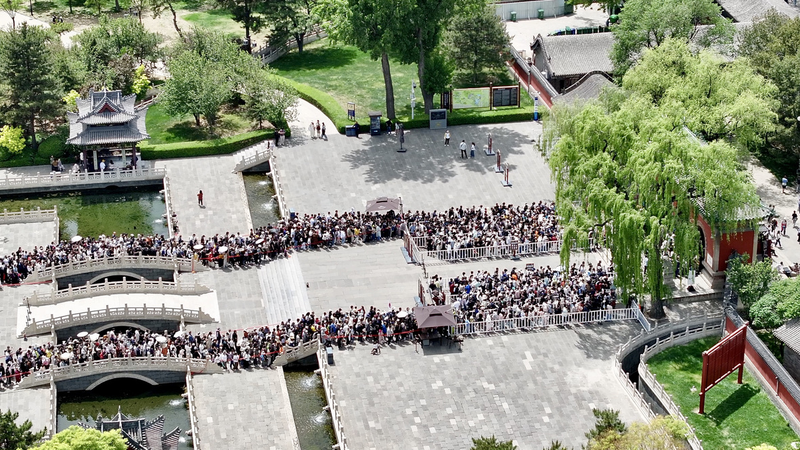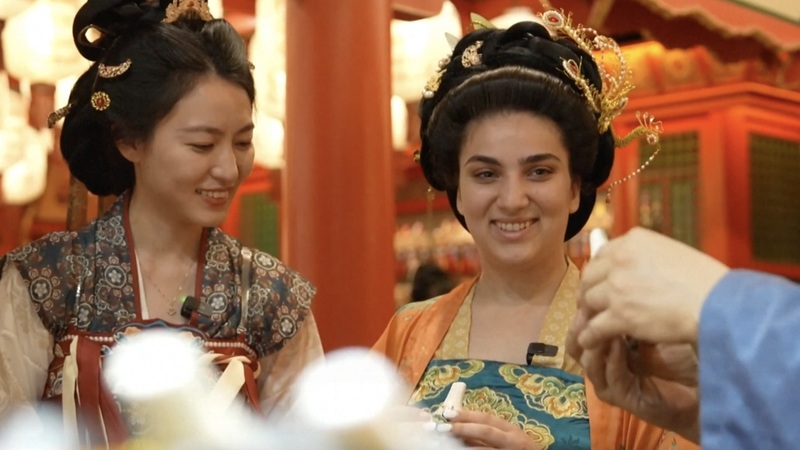With consumption leading China's economic surge, the tourism sector has become a pivotal cornerstone for growth. 📈 Amid this booming market, two key trends are shaping the landscape: Chinese culture and new media.
Recent data from China's Ministry of Culture and Tourism reveals that during the seven days of the recent National Day Holiday, a staggering 765 million people traveled within China. This marks a 5.9% increase from last year and a 10.2% rise compared to 2019, the year before the pandemic. The total expenditure on tourism soared to 701 billion yuan ($99.2 billion), reflecting a 6.3% growth from 2019.
Chinese culture is increasingly captivating both domestic and international travelers. With thousands of years of history, cities and towns across the Chinese mainland boast a rich tapestry of local and historical cultures. This diversity means that even regions thousands of kilometers apart offer unique cultural experiences, fueling a vibrant domestic tourism market. 🏯🌄
For instance, Beijing's historical landmarks attract visitors from southern provinces like Fujian, Guangdong, and Hainan. Meanwhile, the tulou—traditional earthen buildings unique to the Hakka people in Fujian—offer a cultural shock to tourists from other regions. These distinctive attractions highlight the unique cultural heritage that different areas bring to the table.
Local businesses and governments are leveraging this cultural richness to boost tourism. By showcasing local traditions, historical sites, traditional attire, and culinary delights, they are creating compelling tourism products that attract more visitors. This strategic emphasis on culture not only enriches the tourist experience but also drives sustained growth in the tourism sector. 🍜🏮
Reference(s):
Culture and new media: the new trends of China's tourism market
cgtn.com







